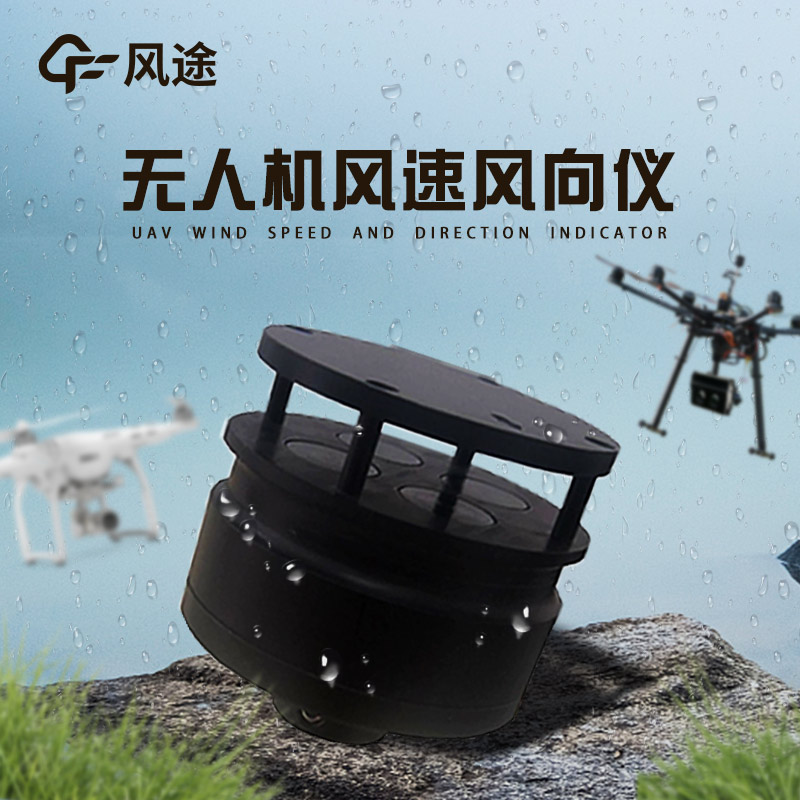Shandong Fengtu IOT Technology Co., Ltd
Sales Manager:Ms. Emily Wang
Cel,Whatsapp,Wechat:+86 15898932201
Email:info@fengtutec.com
Add:No. 155 Optoelectronic Industry Accelerator, Gaoxin District, Weifang, Shandong, China

Sales Manager:Ms. Emily Wang
Cel,Whatsapp,Wechat:+86 15898932201
Email:info@fengtutec.com
Add:No. 155 Optoelectronic Industry Accelerator, Gaoxin District, Weifang, Shandong, China
time:2024-01-19 17:23:58 source:Weather Station viewed:488 time
Wind speed monitoring is a critical task during UAV flight. It not only helps the flight control system to develop a flight plan and adjust it in real time, but also provides critical environmental data to ensure flight safety. However, UAV wind speed and direction monitoring faces several challenges.
First, the size and weight of UAVs limit the choice of available wind speed and direction monitoring equipment. Traditional wind speed measurement instruments tend to be bulky and heavy, which is impractical for UAVs. Therefore, lightweight and miniaturised sensors are needed to accommodate the specific needs of UAVs.
Second, UAVs are affected by air currents during flight, which can lead to sudden changes in wind speed and direction. Therefore, the sensor needs to have a fast response capability to accurately capture and feed back these changes.
Third, the endurance and load limitations of the UAV are also issues to consider. Monitoring wind speed and direction over a long period of time may have an impact on the UAV's range, so low-power sensors need to be selected to ensure that the UAV is able to perform longer missions.
The Wind Speed and Direction Meter for UAVs is a high-precision wind speed monitoring device designed specifically for UAVs. This instrument uses the ultrasonic resonance principle to accurately measure wind speed and direction in low altitude areas. With a weight of only 56g and a diameter of 46mm, this wind speed and direction meter is one of the lightweight and small-sized ultrasonic anemometers on the market. Its compact design makes it ideal for mounting on small aerial vehicles and unmanned platforms. In addition, the sensor is extremely anti-electromagnetic interference, waterproof and dustproof, and is able to work normally at high altitudes up to 4,000 metres above sea level. With an operating temperature range of -40°C to +70°C, it can adapt to a variety of external environmental conditions.

The propeller-type wind speed sensor is designed to resemble a wingless aeroplane model fitted with a rotating propeller at the front and a wind vane at the tail. This configuration allows the device to simultaneously determine wind speed and direction. In terms of electrical characteristics, they w...
The environmental grid monitoring station manufacturer [Fengtu Technology], located in Weifang, Shandong Province, has been engaged in the research and development and sales of meteorological environmental monitoring equipment since its establishment in 2017, and has achieved fruitful results in the course of many years of development....
Atmospheric monitoring stations and Air quality monitoring stations are two different facilities in the field of environmental monitoring, each undertaking different monitoring tasks and functions. Atmospheric monitoring stations mainly undertake national-level environmental monitoring tasks. They a...
Automatic weather station is a modern means of meteorological observation using IOT sensor technology as well as wireless transmission technology to collect, process and analyze meteorological elements, which is of great importance in social production. Due to its small size, low power consumption a...